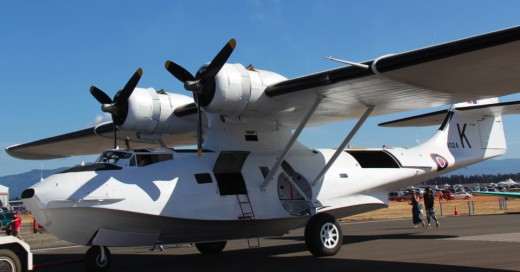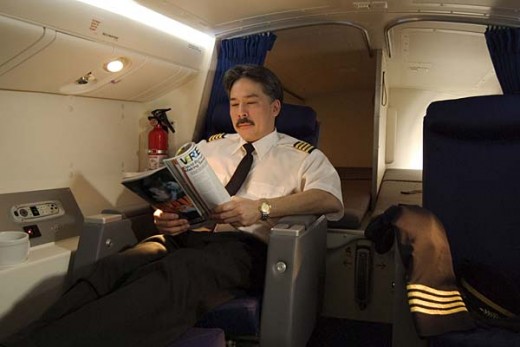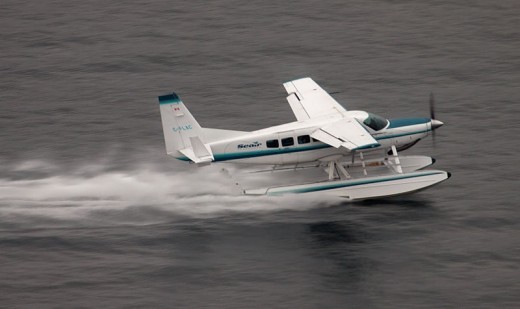 Scroll Down to see all of this week’s updates
Scroll Down to see all of this week’s updates
Aerodrome Comment Period Ends

Comments have now closed for the Notice of Proposed Amendment to the Canadian Aviation Regulations (CARS) that will require anyone building or changing an aerodrome to consult with a wide range of local and government “stakeholders” before construction can begin.
Although it was thought the NPA was stranded in the bureaucracy pending the October election, the ministry of transport put it in the Canada Gazette Part 1 on July 11 and gave interested parties 30 days to make their feelings known.
In late July, COPA said at least 750 comments had been filed. The next step is for the amendment to be published in the Canada Gazette Part 2 and become part of the regs sometime in 2016.
The changes would mean that someone wanting to build a new private airport or a new building at an existing facility would have to give notice to a laundry list of local, regional, provincial and federal jurisdictions, along with neighbouring landowners. Presumably any of those entities could register opposition to the project and the proponent has to compile all those comments and send them off to the Minister of Transport, who will decide whether the project can go ahead or whether “more information” is required.
COPA says the new rules have the potential to mire even minor projects in red tape but the ministry doesn’t think so. It says in the preamble to the amendment that it expects to see only a few applications every year.
Canso Back in the Air

Sporting its historically correct livery, PBY Canso CF-UAW took to the air for the first time in several years on August 4 and was able to fly to the Abbotsford International Airshow last weekend.
The aircraft has been under renovation by the Catalina Preservation Society since 2013 and will be a visitor at air shows as part of its mission to keep the type flying.
The aircraft was used by the RCAF until 1957 and passed through a variety of civilian owners as a waterbomber for more than 50 years. It’s now owned by Pacific Flying Boats of Victoria.
There was a steady stream of visitors to the old flying boat in Abbotsford, including some veterans who had flown in the type during its military service.
We’ll be doing an extensive report on the aircraft in Canadian Aviator soon.
Crew Rest Compromise Controversial

Transport Canada has revised long-awaited changes to mandatory crew rest requirements to exempt smaller air carriers and that has outraged pilots unions.
The department released its proposal in the Canada Gazette last Saturday and it reduces the crew duty time from the current 14 hours to a range of 9 to 13 hours, depending on when the shift starts.
That’s in line with ICAO standards and Canada is among only a handful of major aviation nations that hasn’t adopted the standards.
It was initially aimed at all commercial carriers but, in this form, will apply only to major airlines at first and phase in implementation for smaller carriers and that has upset some unions.
“We should be talking about implementation right now,” said Dan Adamus, president of the Air Line Pilots Association’s Canadian board. “We are extremely, extremely disappointed.”
But Transport Canada countered that the phased transition will give smaller carriers time to adapt to the new rules so they can alter their operations accordingly.
“The introduction of the proposed changes in two phases would give smaller carriers more time to make the operational changes needed to meet the requirements,” TC said in its statement.
Air Transport Association of Canada President John McKenna said his group lobbied for the softer introduction and was actually surprised it worked.
He said ATAC showed TC that immediate implementation would drive up staff costs at smaller carriers by 30 percent and that their operating conditions are different.
A second set of regulations for the smaller operators will be drafted “as soon as possible as part of a future regulatory proposal.”
Floatplane ‘Just Missed’ UAS

The pilot of a Seair Cessna 208 on floats told authorities he came within 10 feet of a collision with quadcopter last Aug. 1.
The pilot reported he was on final for the water runway on the Fraser River adjacent to Vancouver International Airport when he spotted the small UAS.
The Vancouver Sun reported the aircraft was only about 40 feet above the water when the UAS appeared in front of the plane.
RCMP Cpl. Dennis Hwang said it’s the closest call so far among 19 such encounters at YVR in the past year.
“We are following up on leads — we might have a suspect,” said Hwang.
Seair operations manager Terry Hiebert told the Sun UAS sightings are on the increase and they are a concern.
“There was no impact, but it’s just rather startling. Drones should not be out next to an international airport,” said Hiebert.
